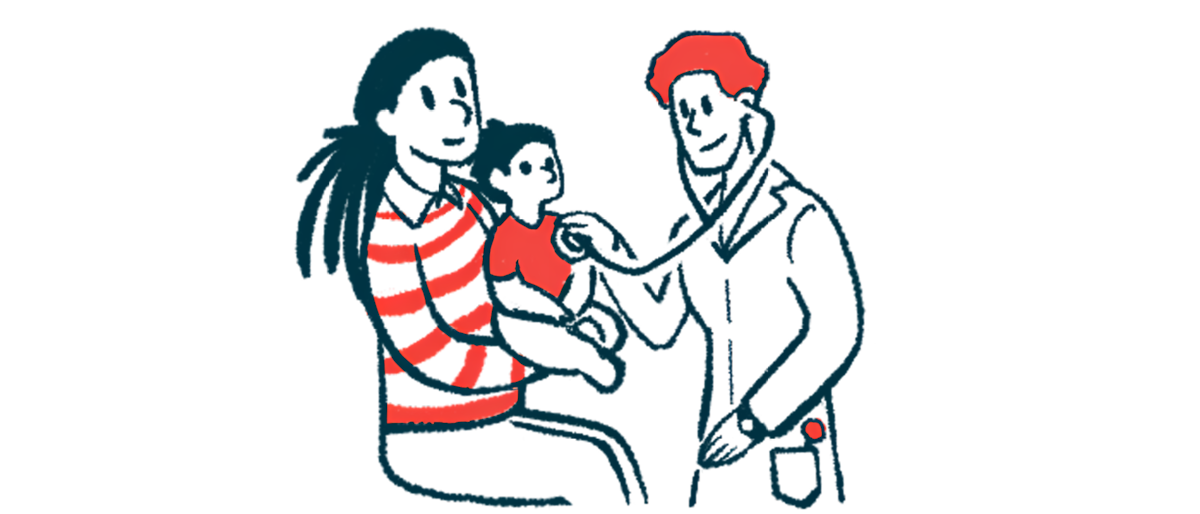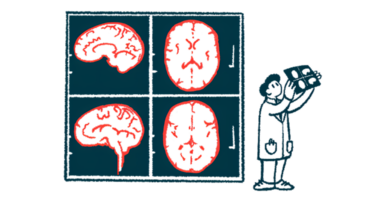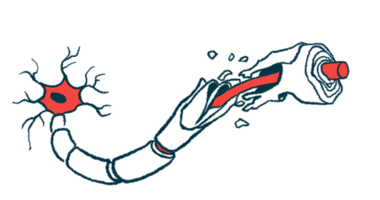Real-world data support use of Ocrevus in children, teens with MS
Most patients were free of relapses after about 15 months of treatment

Ocrevus (ocrelizumab) appears to be safe and effective for children and adolescents with multiple sclerosis (MS), according to real-world data from Kuwait.
After about 15 months of treatment, more than 90% of patients with pediatric-onset MS (POMS) remained free of relapses, and most also showed no new disease activity on MRI scans and had either stable or improved disability levels.
“Our results go in line with recent findings in the literature,” wrote the researchers, who said the findings “support more aggressive and earlier use of high efficacy therapeutic strategies in POMS.” The study, “Ocrelizumab for pediatric relapsing multiple sclerosis,” was published in Multiple Sclerosis and Related Disorders.
MS is caused by inflammation and damage in the brain and spinal cord. Most cases are diagnosed in adulthood, but the disease can also affect younger people, where its referred to as POMS. These patients typically have a relapsing-remitting disease course, with more frequent relapses and a higher lesion burden than adults. They also tend to progress to secondary progressive MS at a younger age.
Ocrevus is an anti-CD20 antibody therapy approved for adults with relapsing forms of MS and primary progressive MS, that’s sometimes used off-label in younger patients, although there’s limited data on its safety and efficacy in this population.
Effect of Ocrevus on relapses, disability
To know more, researchers in Kuwait analyzed data from 24 patients who began Ocrevus before age 18 at MS clinics in Kuwait. The data was collected from the Kuwait national MS registry between 2018 and 2023.
Most participants were girls (59.3%; median age, 16.3) and all had evidence of active disease before treatment. On average, the patients received about four Ocrevus infusions over a median of 15 months.
At their diagnosis and before Ocrevus was started, all had more than 10 lesions and at least one lesion with active inflammation. They also had had one or two relapses in the year before starting Ocrevus. After treatment, their annual relapse rate dropped significantly — from 1.08 to 0.08 relapses a year — and 91.7% remained relapse-free.
Most also had either no changes (79.2%) or improvements (16.7%) in their disability levels, as assessed with the Expanded Disability Status Scale (EDSS). Only one patient had disability progression due to a relapse and a new active lesion in the first year of treatment.
Consistently, nearly all the patients (91.7%) met the criteria for no evidence of disease activity, or NEDA-3, which means they had no relapses, no worsening disability, and no new or enlarging MRI lesions or lesions with active inflammation.
Ocrevus was generally well tolerated. No severe side effects were reported and only one patient had a moderate infusion-related reaction, which resolved a few days after the infusion.
Overall, “it was evident that initial treatment with newer [disease-modifying therapies such as Ocrevus] was effective in achieving clinical remission and preventing new or [active inflammatory] lesions,” wrote the researchers, who emphasized that longer-term, controlled studies are needed to better evaluate the therapy’s safety and efficacy in children.






